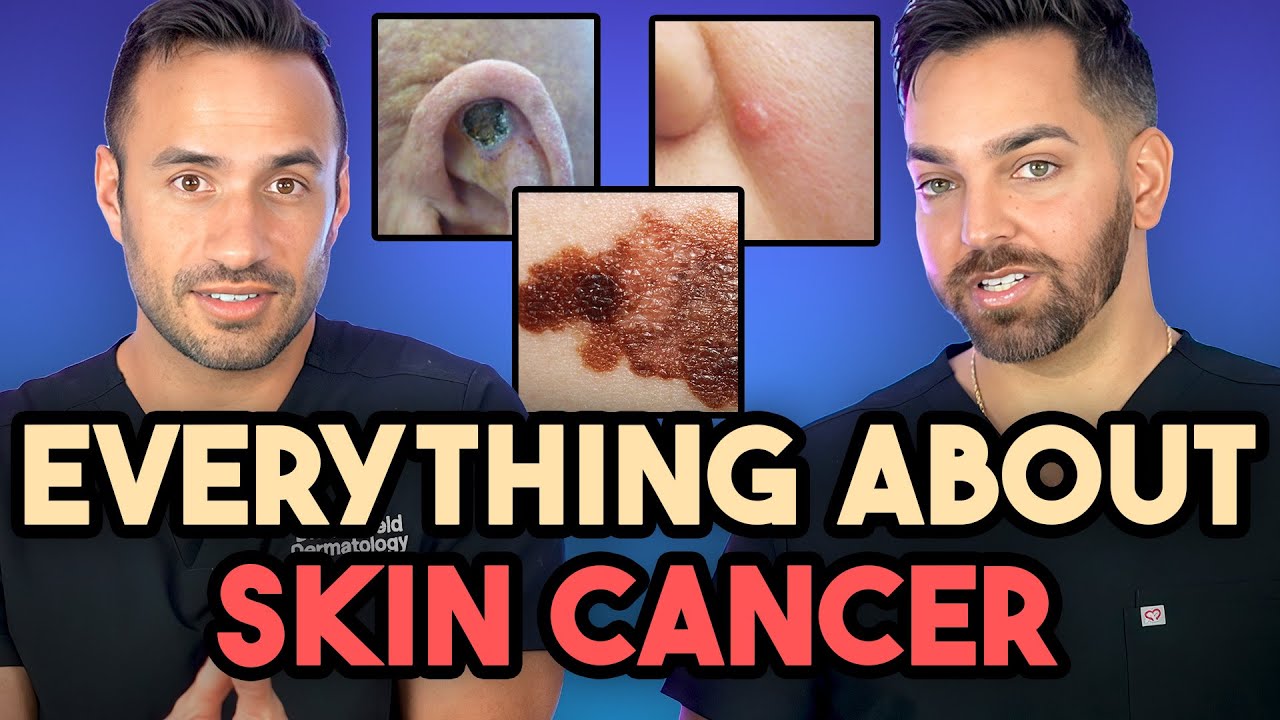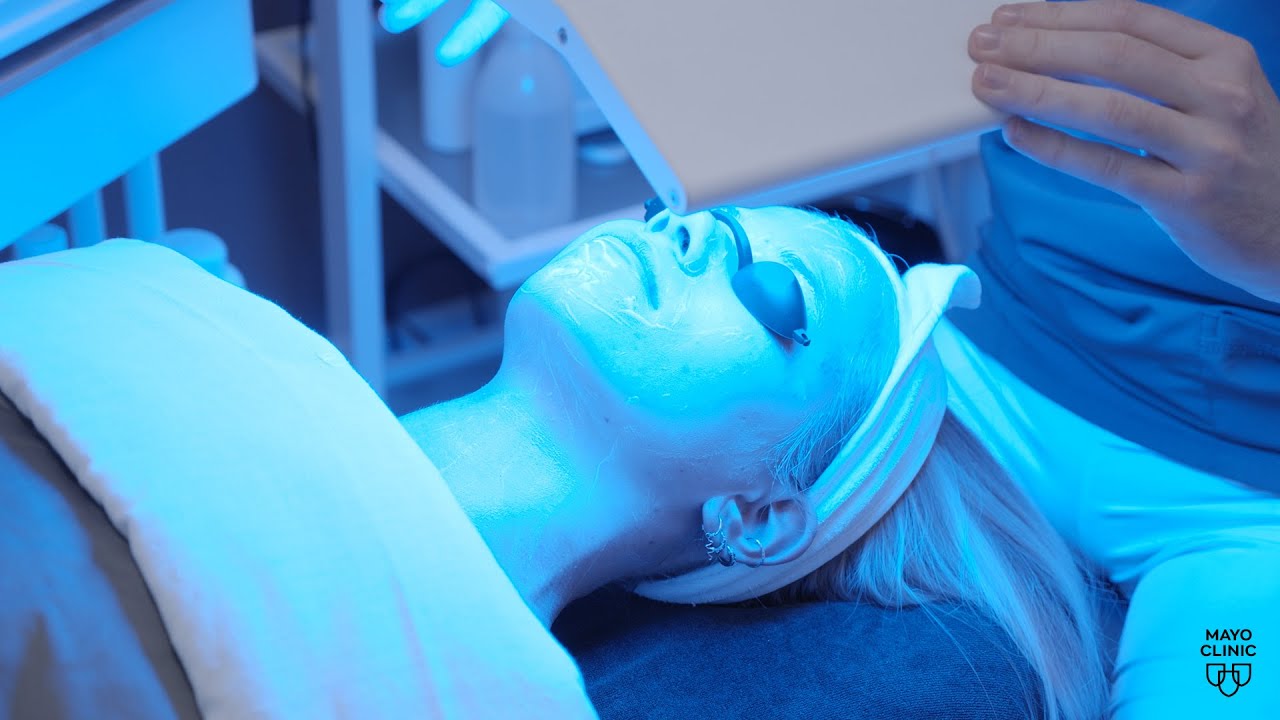The Dermatology Channel
December 23, 2011 • Dermatology, Family Medicine, Internal Medicine, Nurses/NP/PA, Reuters Health • The Doctor's Channel Newscast
NEW YORK (Reuters Health) – To combat psoriasis, a combination of topical therapies seems to work better than topical monotherapy, according to results of a systematic review and meta-analysis of published research.
“It is important to consider combination treatment in the armamentarium of psoriasis therapy,” Dr. April W. Armstrong, director, Dermatology Clinical Research Unit, University of California Davis Health System, Sacramento, told Reuters Health.
“[Our] review systematically examines the evidence underlying the various combination treatments in psoriasis and will help inform readers regarding efficacy and safety issues with particular combinations,” she said.
The researchers combed four databases (PubMed, CINAHL, Cochrane Review and EMBASE) for randomized controlled trials that reported the extent of clearance of psoriatic lesions or average change in severity with combination treatment versus single-agent treatment.
They found 50 studies (8,325 patients) with sufficient data for analysis of “clearance efficacy” and 10 studies (1,728 patients) with sufficient data for change in disease severity analysis.
Using the likelihood of clearance as the outcome, the authors found that the following combination topical treatments were more effective than one or more monotherapies:
– vitamin D derivative and corticosteroid
– vitamin D derivative and UV-B
– vitamin A derivative and psoralen-UV-A
– vitamin A derivative and corticosteroid
– vitamin A derivative and UV-B
– corticosteroid and hydrocolloid occlusion dressings
– UV-B and alefacept
– vitamins A and D derivatives
Overall, the data suggest that adding phototherapy to a topical regimen leads to significant clearance of psoriasis compared with a topical regimen alone, the authors report in the December issue of Archives of Dermatology.
“However, compared with phototherapy alone, the addition of a topical treatment to phototherapy does not appear to significantly decrease disease severity,” they say.
While there is a considerable amount of research on combination topical therapies for psoriasis, research on combination systemic therapies is “lacking,” Dr. Armstrong and colleagues note.
They found only five studies that evaluated the efficacy of systemic immunomodulator combinations. These studies examined the efficacy of tacrolimus in combination with salicylic acid; cyclosporine in combination with a low-calorie diet; sirolimus plus cyclosporine; methotrexate plus folic acid; and methotrexate in combination with etanercept.
“One can not directly compare these trials since they are done with slightly different populations at slightly different times,” Dr. Armstrong told Reuters Health.
In the end, she said “which combination regimen to choose will depend on a number of factors and needs to be individualized to the patient.”
“For example, the clinician needs to consider patients’ psoriasis severity, comorbid diseases, and social and environmental issues that can affect patient adherence to the combination treatment. In certain instances, the right combination therapy can have a synergistic effect or achieve greater control of psoriasis while minimizing adverse effects,” she noted.
“As we consider novel combination treatment in the future for psoriasis patients, generating high-quality data from randomized controlled studies that reflect real-world practice patterns will be very important,” Dr. Armstrong said.
SOURCE: Combination Treatments for Psoriasis
Arch Dermatol. 2011. Published online December 19, 2011.






